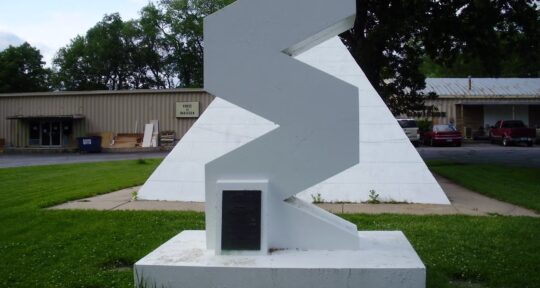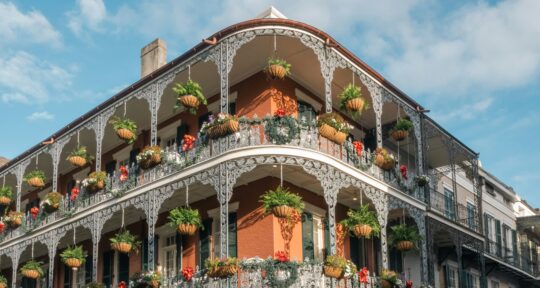Anyone with a keen eye traveling from Texarkana to El Paso, Texas, may be drawn to the faded blacktop and abandoned concrete bridges that litter the landscape. While they might look like random remnants of the road, these pieces are part of something greater: a ribbon of highway that once stretched from coast to coast. The century-old Bankhead Highway has an interesting history—and an uncertain future.
Devised in 1916 with an origin at Mile Marker Zero in Washington, D.C., the Bankhead Highway would snake its way across the southern half of the lower 48 states, terminating in San Diego, California. This southern route allowed for all-season, all-weather travel between the Atlantic and Pacific coasts.
The Bankhead also ushered in a new type of economy targeted toward travelers. An economic windfall followed the road’s construction as cafes and gas stations sprouted up along the route. Commerce and community continued to thrive along the highway as the number of people traveling for both business and pleasure increased.
-
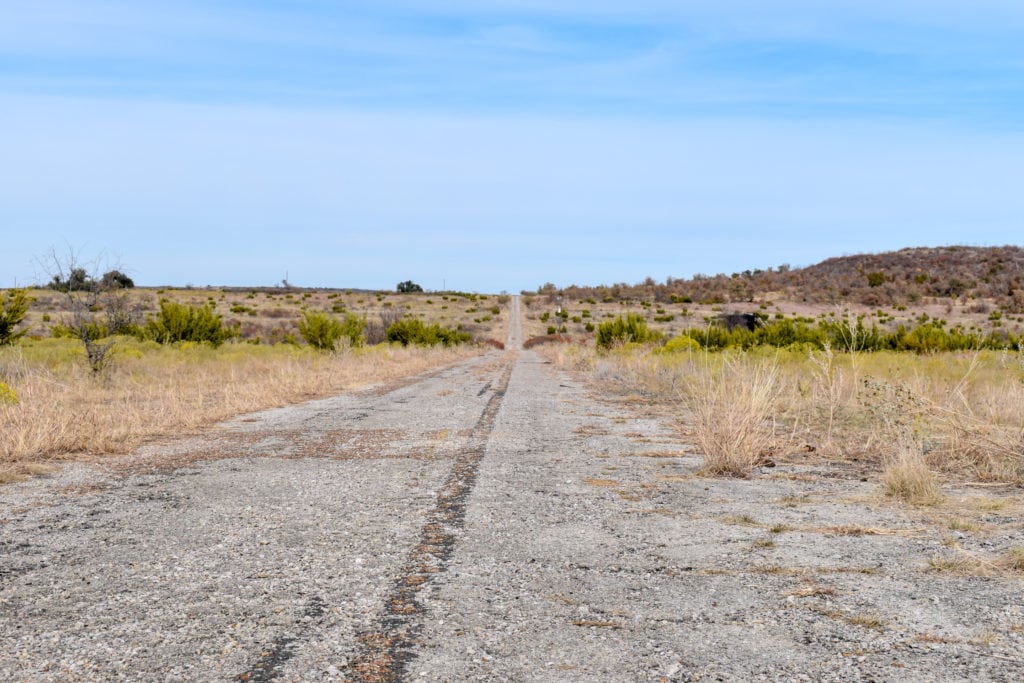
Grayed blacktop on the Bankhead. | Photo: Michael Hill -
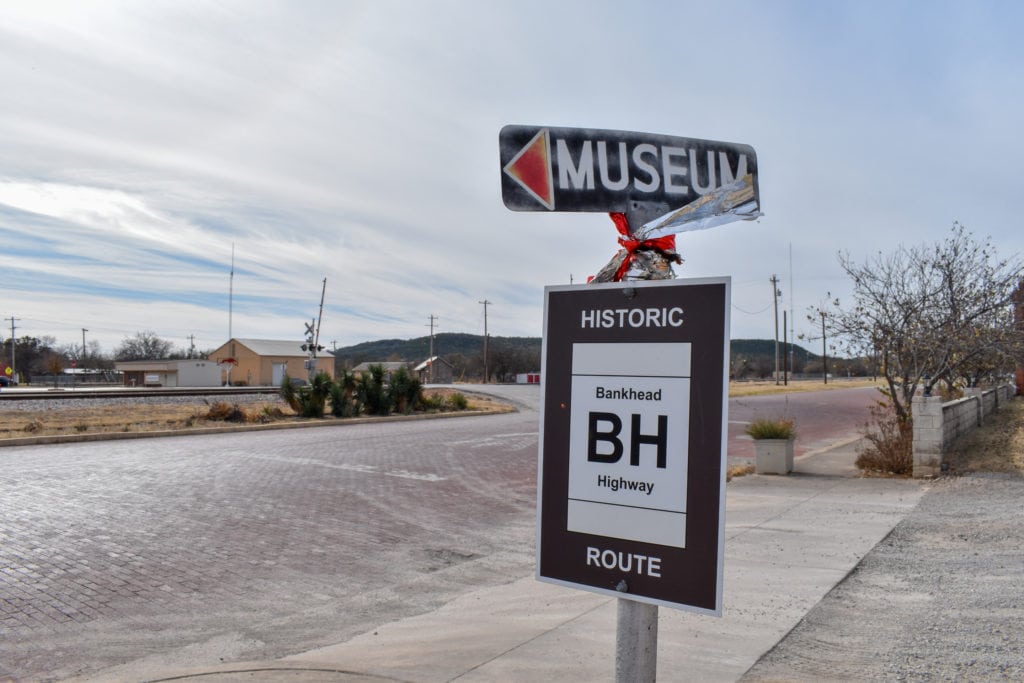
A historic marker sign. | Photo: Michael Hill -
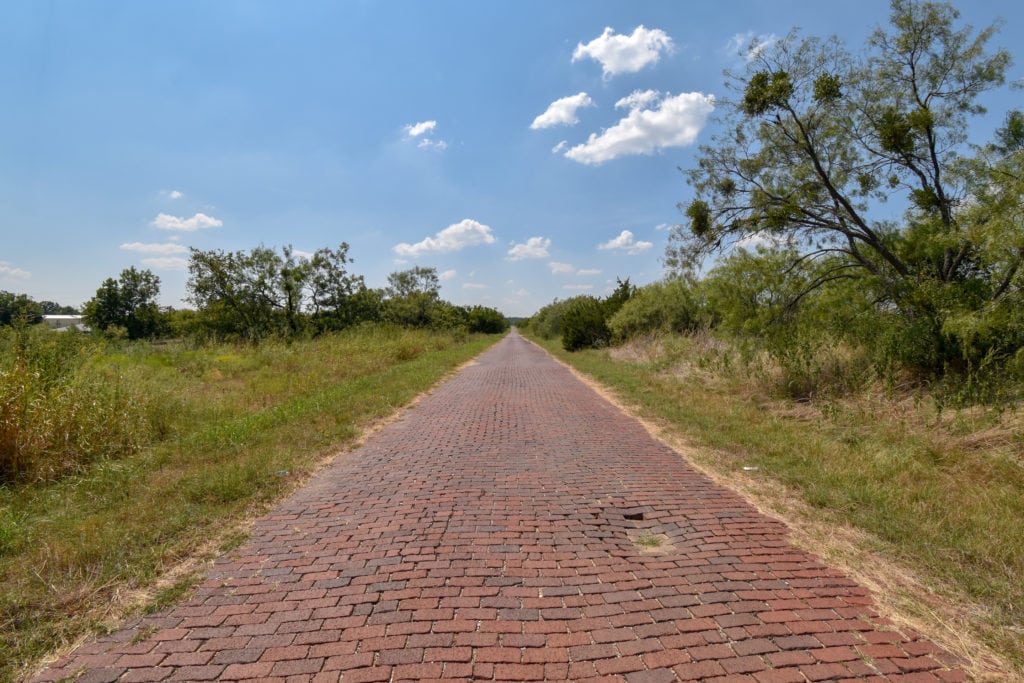
Gray blacktop is replaced with hand-laid brick in Eastland County. | Photo: Michael Hill -
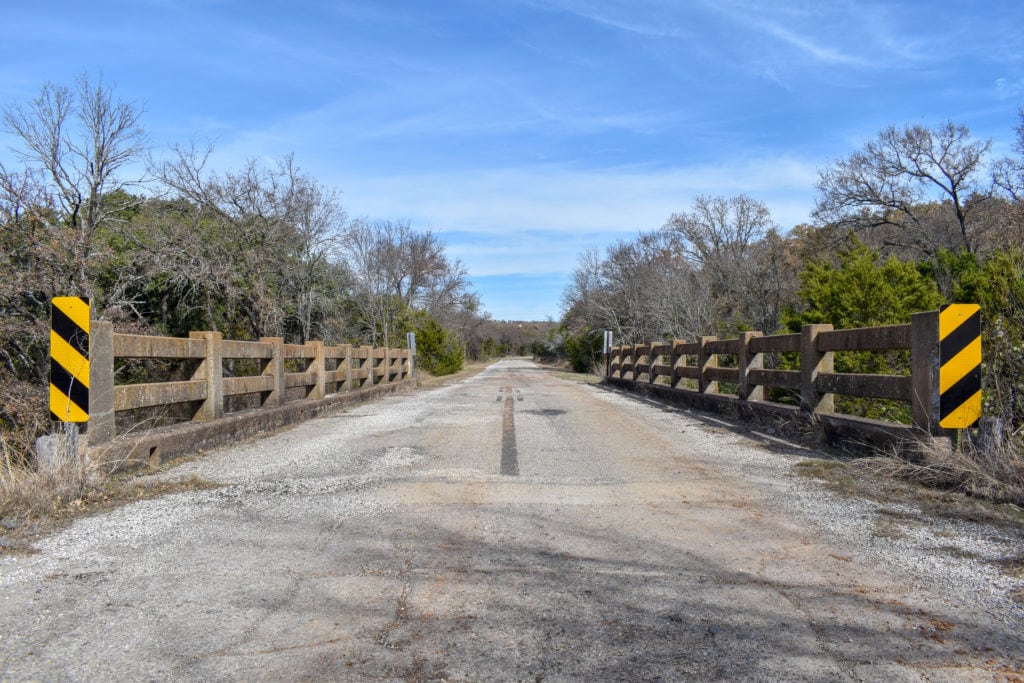
A multitude of 1920s bridges still serve their original purpose, supporting the cars and the vintage blacktop. | Photo: Michael Hill
But not long after the road became a reality, it was beaten and battered by political and economic forces. Changes would threaten to confuse the history of the road, diverting and dividing the route into a variety of names and numbers with only a few small sections retaining the original Bankhead moniker. At times it seemed as if the Bankhead was all but lost—until a random encounter brought a savior to portions of the historic highway.
The Broadway of America
Dan Smith, author of Texas Highway No. 1: The Bankhead Highway in Texas, admits that he “literally just stumbled on the Bankhead Highway.” Smith, a self-proclaimed “geek,” was born and raised in Miami, Florida; he moved to Texas to work for the National Weather Service. In the early ‘80s, Smith was riding his bike near Fort Worth when a rusted Bankhead Highway sign caught his eye. He began to research the mostly-forgotten road, especially the route’s more than 850 miles in Texas—just a portion of the road sometimes referred to as “The Broadway of America.”
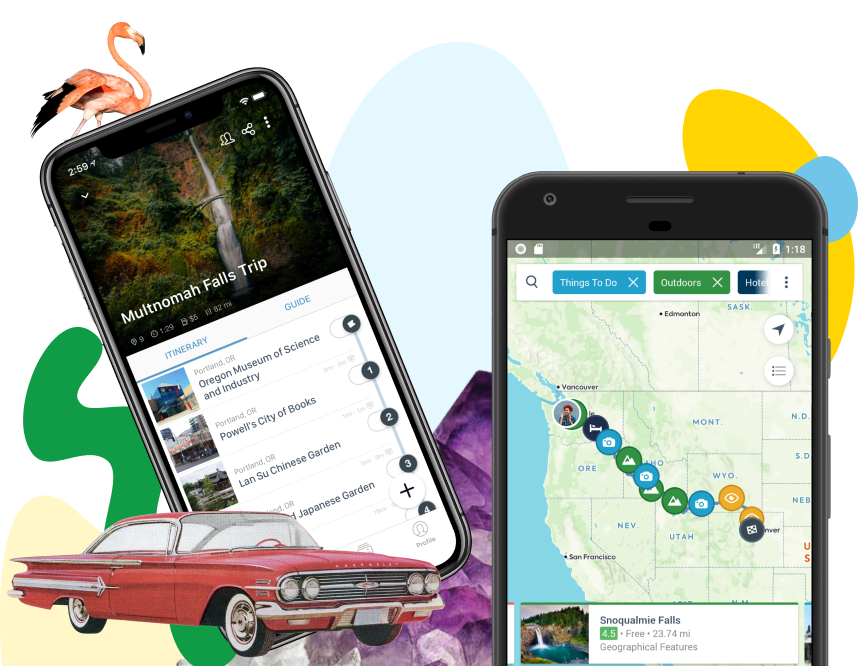
Download the mobile app to plan on the go.
Share and plan trips with friends while discovering millions of places along your route.
Smith is not shy when it comes to promoting the Bankhead Highway. His love of the road is immediately apparent with his self-designed Bankhead t-shirt and ballcap. Even his car carries the Bankhead brand with magnetic badges that can be displayed on any metal surface. On the day I meet with Smith, they are stuck on his car doors.
Smith’s trunk is a treasure trove of Bankhead paraphernalia, filled with t-shirts, postcards, maps, photos, and even actual pieces of Bankhead pavement. The only thing that rivals his quantity of tangible items is his mind, which is full of Bankhead Highway knowledge and history—all of which he is excited to share with anyone who will listen.
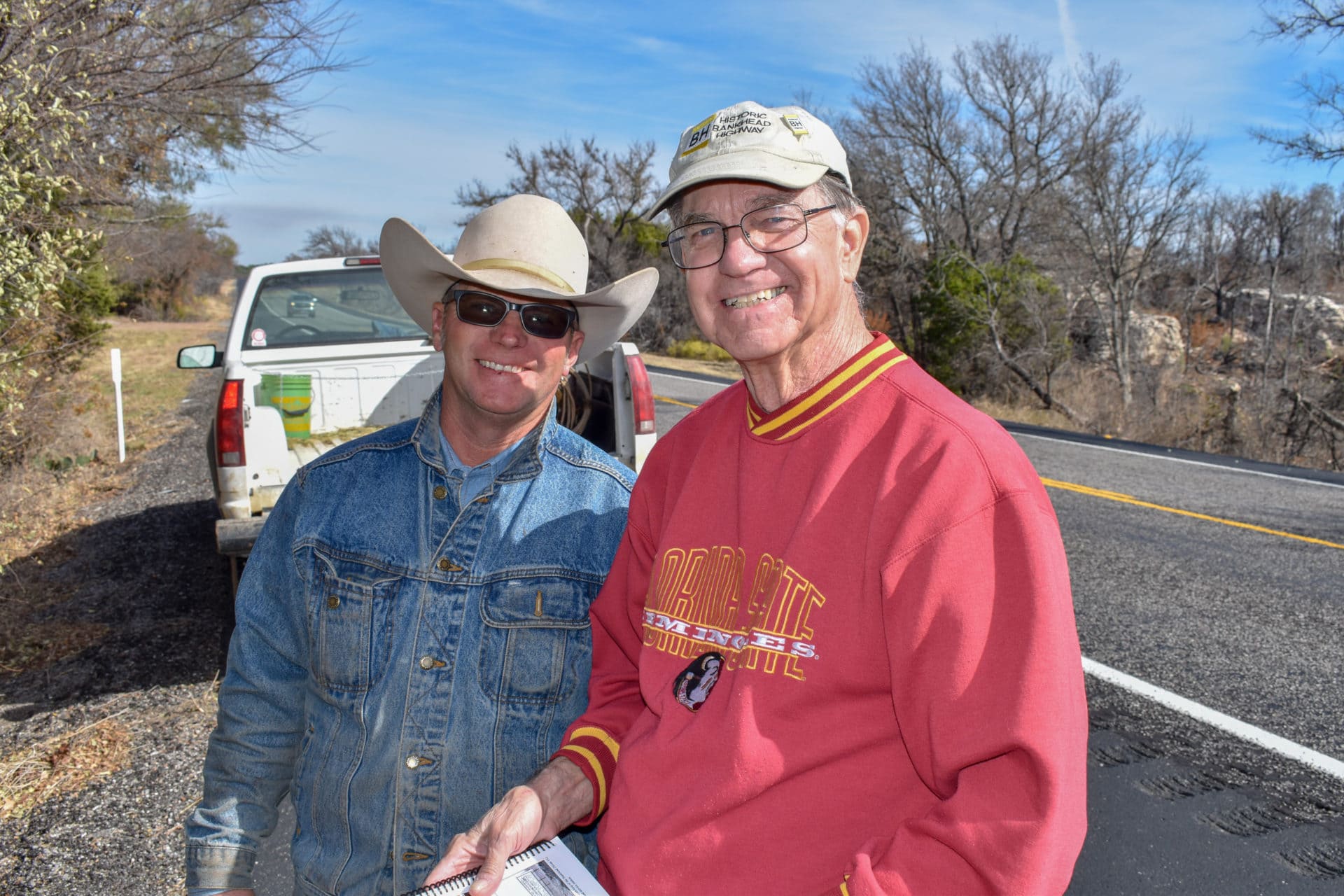
A Bankhead purist
I meet Dan just outside of Weatherford, Texas, early on a Saturday morning in October for a day trip down a section of the Bankhead Highway. We intend to travel west, visiting the towns of Mineral Wells—famous for its healing waters—Palo Pinto, and Strawn on our way to the old oil boom town of Ranger.
This section of the highway in North Central Texas will allow us to travel on miles of vintage blacktop and brick surfaces and traverse a number of original bridges. The route is not hard to find, thanks largely to Bankhead Highway signs erected by Smith. The self-described “Johnny Appleseed of the Bankhead Highway” peddles his signs across the state, and more than 100 signs have been distributed for free—with just one stipulation: “When I give [a sign] away, my only wish is that people put it somewhere people can see it,” Smith says.
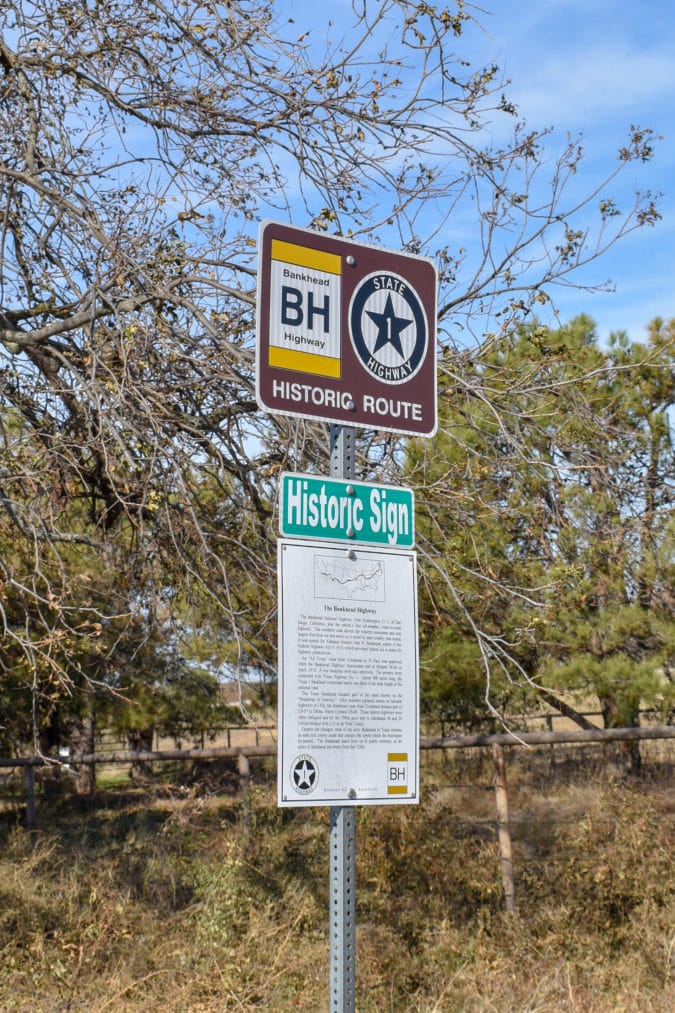
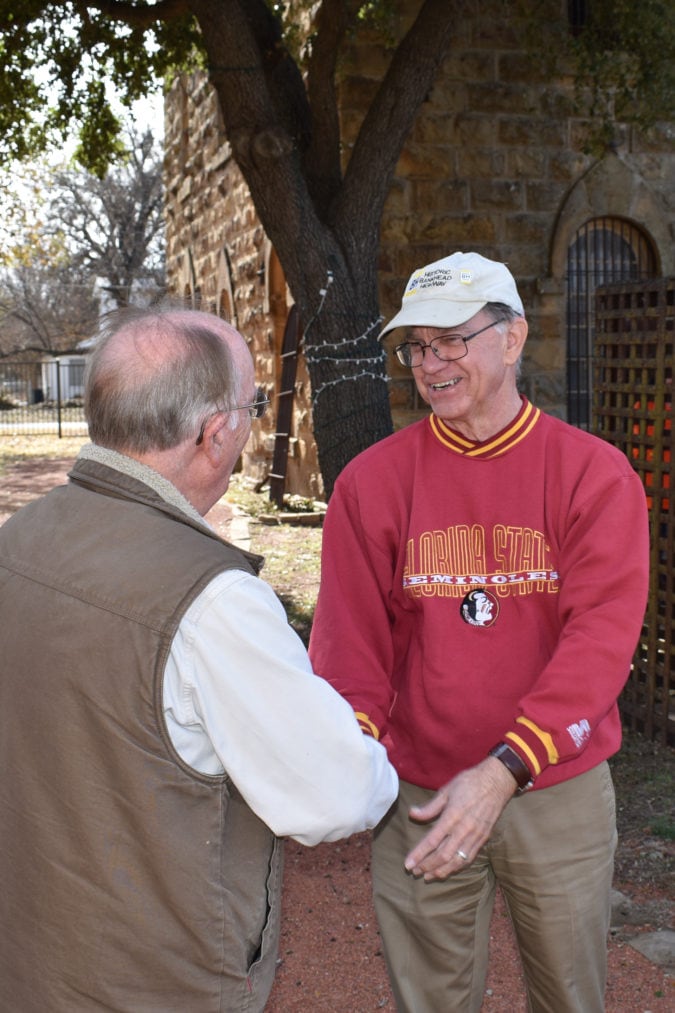
While certain towns have worked with Smith and welcomed his signs, others have not been as cooperative. Texas has its own Bankhead Highway signs and Smith works closely with property owners and the Texas Historical Commission to ensure the preservation—and help with the identification—of old routes. When paired with Smith’s book, the signs create a seamless journey that is easy to navigate. Smith intended his spiral-bound book to be half history and half travel guide. “I wanted to replicate the 1920s guidebooks,” Smith says.
Smith considers himself a Bankhead Highway purist and tries to stay true to the original alignment, which rewards travelers with scenic twists and turns under a canopy of trees. It makes for a mellow and picturesque weekend drive.
The Friendship State
As we head west, I am surprised by the amount of original Bankhead Highway pavement still in use today. While the yellow stripes have faded to a charcoal gray, they are still clearly visible. Our route takes us over several bridges, where century-old design and construction still provide travelers with a safe way to cross waterways.
-
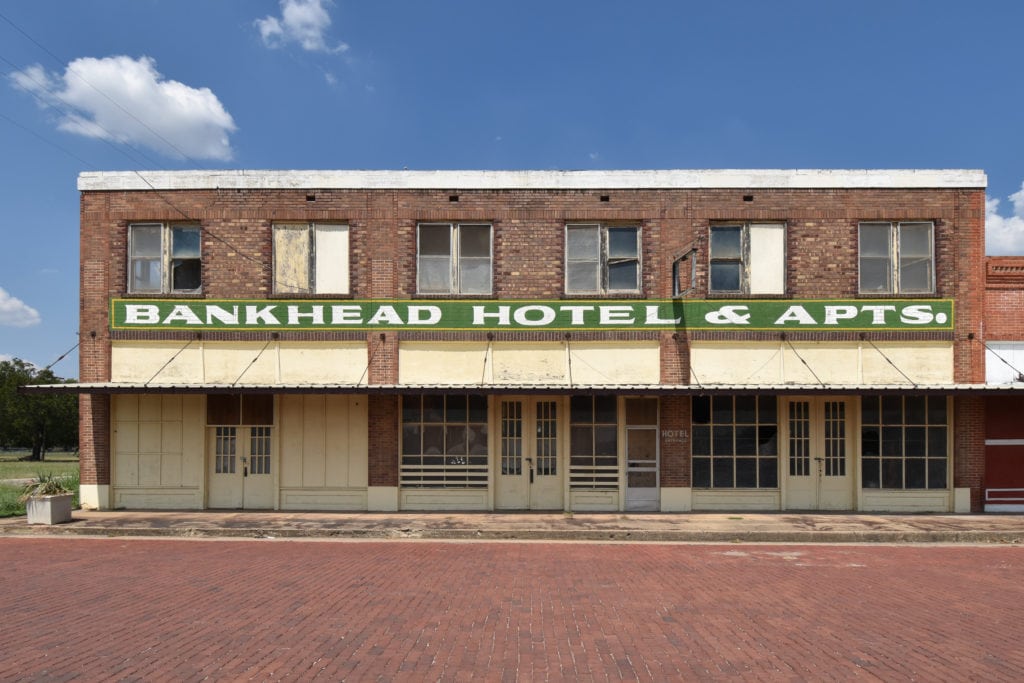
The Bankhead Hotel in Strawn, Texas. | Photo: Michael Hill -
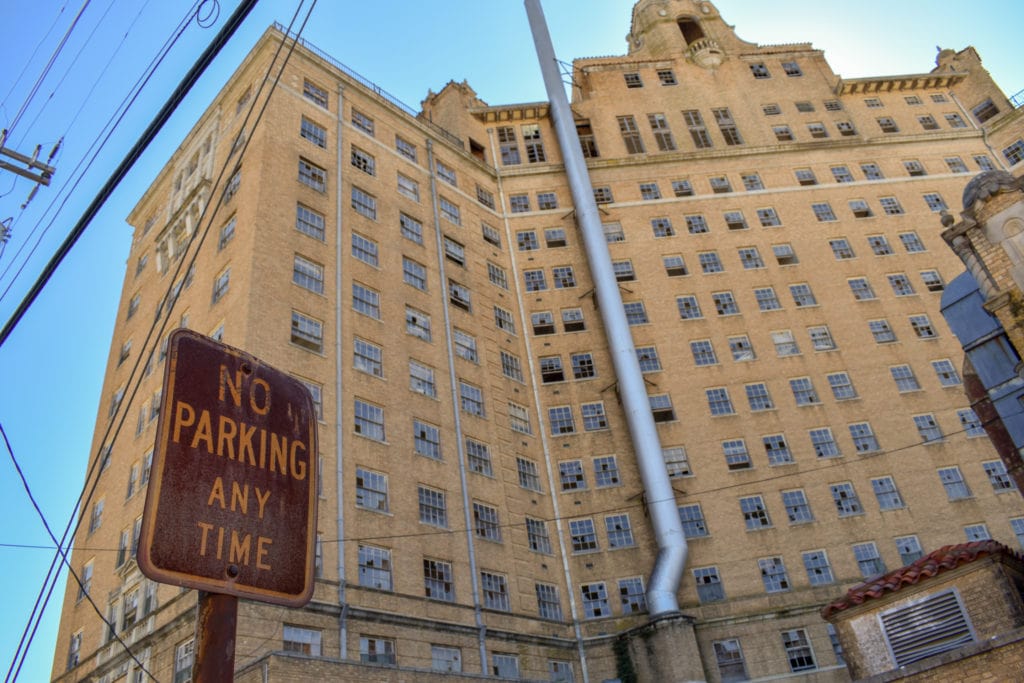
The Baker Hotel, one of several grand hotels that sits along the Bankhead. | Photo: Michael Hill -
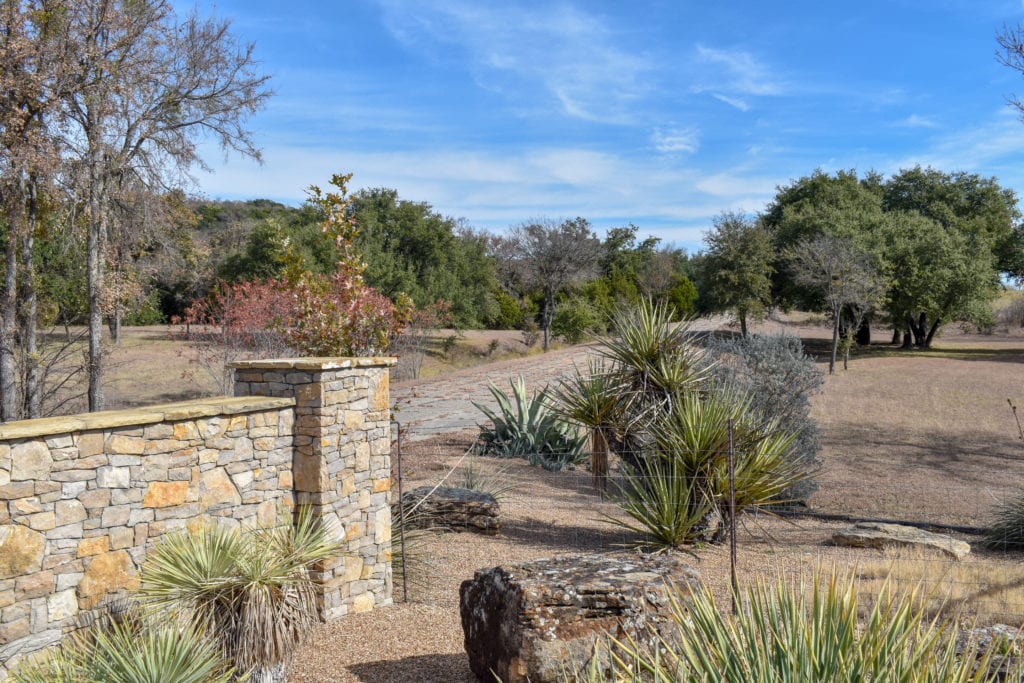
Part of the 100-year-old road is now a private driveway. | Photo: Michael Hill -
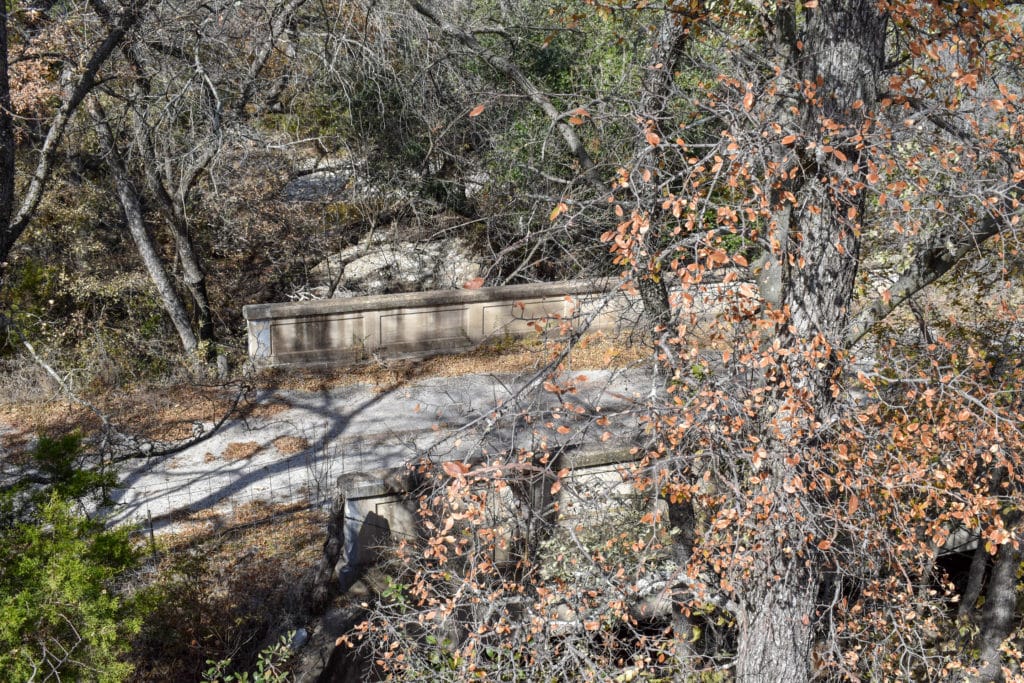
Hidden in plain sight these century-old bridges sit only feet away from Texas Highway 180 west of Palo Pinto. | Photo: Michael Hill
It’s not possible to stay true to the highway’s original alignment for the entire drive, but when forced to get on Highway 180, we keep an eye out for abandoned segments. Several bridges built in the 1920s are hidden in the overgrowth directly off the road. There were only three types of bridges designed and constructed on the Bankhead Highway, and remnants of two can still be found in Texas.
Once you’re familiar with the design of the original road, it’s easy to identify. We look for a brick or faded asphalt road with a solid center line sandwiched between dashed lines, and traverse the shoulder of roadway looking for access to a forgotten bridge. Aware that trespassing in Texas can carry a severe penalty, we decide it’s best to admire the abandoned stretch from a distance.
Our excursion piques the interest of others and a local ranch cowboy stops to ask us about the road. Smith and the cowboy share an obvious appreciation for Texas, and their conversation is a physical manifestation of its Friendship State nickname.
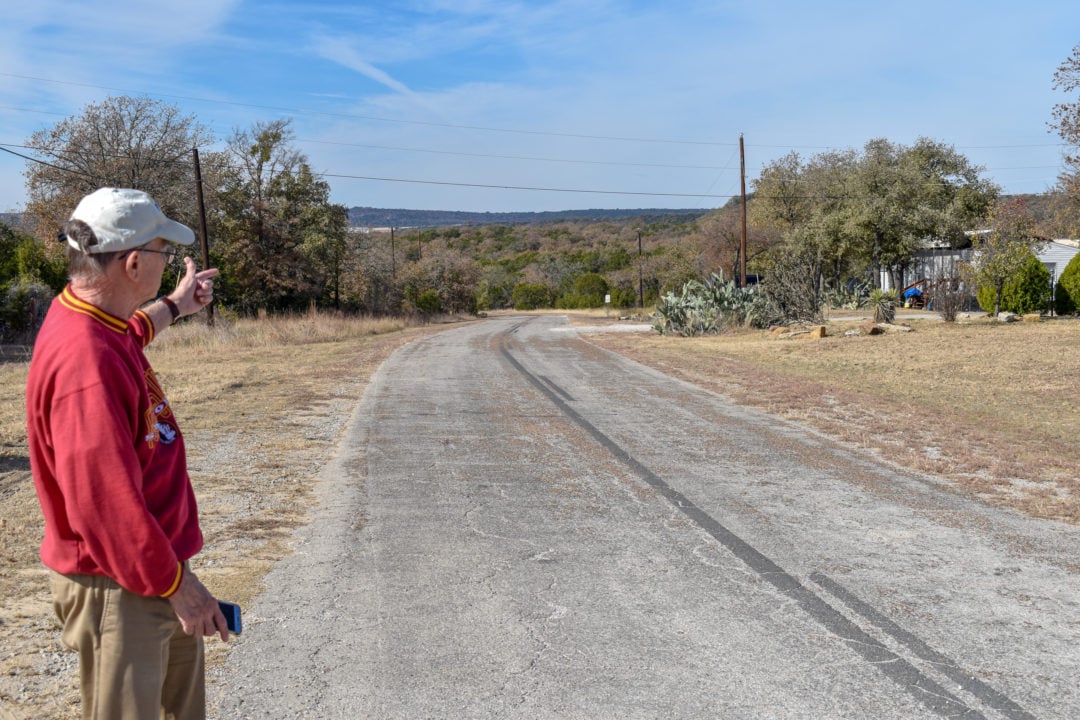
| Photo: Michael Hill
We venture further west and Smith points out a repurposed segment of the old road. We stop to admire a portion of the Bankhead incorporated into the landscape of a home and wonder if the owners understand the rich history of their driveway, whose pavement was laid a century ago.
As our day comes to a close, we arrive in Eastland County. Here, the Bankhead’s blacktop turns into miles of hand-laid red brick, shooting straight into West Texas.
While the historic highway might not yet be as familiar or iconic as Route 66, Smith is trying to do his part to get more tourists interested in traveling the road. Smith has spent a large portion of his life trying to reconnect the broken Bankhead, and his book pieces together the fragments that may have otherwise been lost in plain sight. “I can’t tell what is going to happen to the old road,” Smith says. “But at least in my book it will be preserved.”


